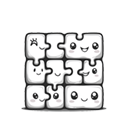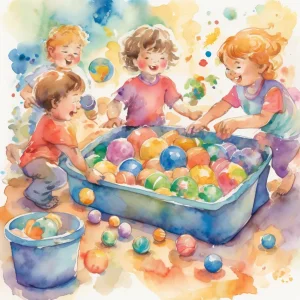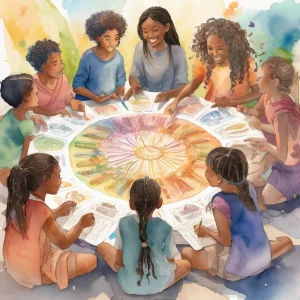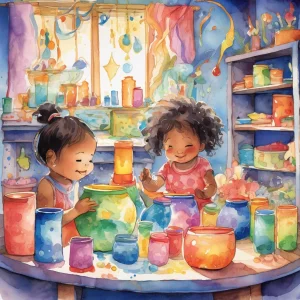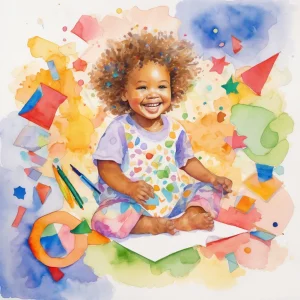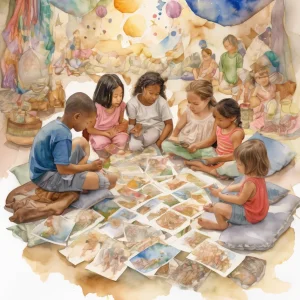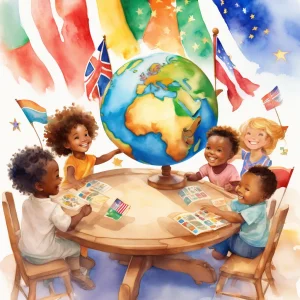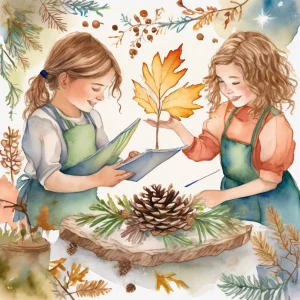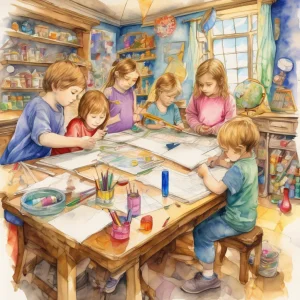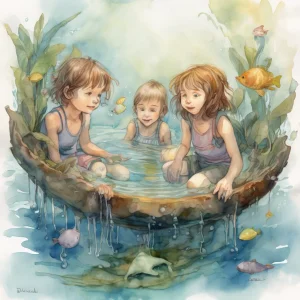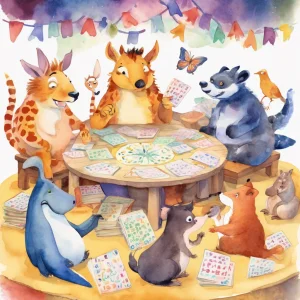Activity
Similar Activities
Sports Sorting Game - Athletic Vocabulary Adventure
Children’s Age: 2–2.5 years
Activity Duration: 5 – 15 minutes
The "Sports Sorting Game" activity is designed for children aged 24 to 30 months to boost language and adaptive skills. Set up by collecting sports items, containers, and creating …
Activity Duration: 5 – 15 minutes
Empathy Tales: Cultural Storytelling and Communication
Children’s Age: 11–15 years
Activity Duration: 35 – 40 minutes
Explore the "Cultural Storytelling and Communication" activity for children aged 11 to 15, promoting empathy and language skills through diverse cultural stories. Gather picture bo…
Activity Duration: 35 – 40 minutes
Colorful Sorting Fun: Exploring Colors and Shapes
Children’s Age: 1.5–2 years
Activity Duration: 5 – 10 minutes
"Colorful Sorting Fun" is an engaging activity designed for children aged 18 to 24 months to boost their fine motor skills, cognitive abilities, and color recognition. Prepare colo…
Activity Duration: 5 – 10 minutes
Rainbow Shapes: The Creative Color Matching Game
Children’s Age: 3–4 years
Activity Duration: 5 – 20 minutes
The Creative Color Matching Game is an engaging activity designed for children aged 36 to 48 months. It aims to boost color recognition, fine motor skills, and language development…
Activity Duration: 5 – 20 minutes
Cultural Collage Fun: Exploring Diversity Through Art
Children’s Age: 2–3 years
Activity Duration: 15 minutes
"Cultural Collage Fun" is a creative activity designed for children aged 24 to 36 months to develop play skills, cultural awareness, and communication abilities. With magazines, ch…
Activity Duration: 15 minutes
World Wonders: Around the World Ball Game
Children’s Age: 2–2.5 years
Activity Duration: 5 – 10 minutes
Explore the world with the "Around the World Ball Game," perfect for children aged 24 to 30 months. This fun activity enhances gross motor skills and cultural awareness by passing …
Activity Duration: 5 – 10 minutes
Nature Collage Photo Frames: Creative Storytelling Adventure
Children’s Age: 6–10 years
Activity Duration: 15 – 30 minutes
Children can have fun creating Nature Collage Photo Frames to boost communication skills, creativity, and teamwork. Gather natural items, cardboard, scissors, glue, markers, and a …
Activity Duration: 15 – 30 minutes
Enchanted Measurement Adventures: Measuring Real-World Objects Scavenger Hunt
Children’s Age: 5–10 years
Activity Duration: 10 – 20 minutes
An educational activity engaging children in measuring real-world objects through a fun scavenger hunt.
Activity Duration: 10 – 20 minutes
Nature's Objects: Exploring Buoyancy Adventure
Children’s Age: 6–7 years
Activity Duration: 10 minutes
An engaging hands-on activity for children aged 6-7 to explore buoyancy with natural objects.
Activity Duration: 10 minutes
Musical Straw Pan Flute Symphony Adventure
Children’s Age: 6–9 years
Activity Duration: 10 minutes
Create a homemade pan flute using plastic straws to explore music and physics concepts.
Activity Duration: 10 minutes
Magical Math Journey: Sensory Math Storytime Adventure
Children’s Age: 2–3 years
Activity Duration: 10 – 30 minutes
Let's embark on the "Sensory Math Storytime" adventure! This activity blends sensory exploration, storytelling, and basic math to make learning engaging for children. You'll need t…
Activity Duration: 10 – 30 minutes
Holiday Storytime Craft: Festive Tales and Creations
Children’s Age: 5–18 years
Activity Duration: 30 – 40 minutes
Let's have a fun and educational time with the "Holiday Storytime Craft" activity! We will read a holiday-themed storybook with cultural elements and then get creative with craftin…
Activity Duration: 30 – 40 minutes



